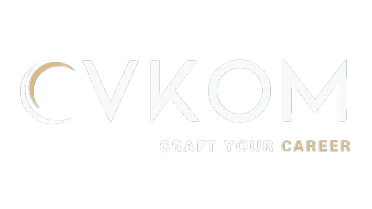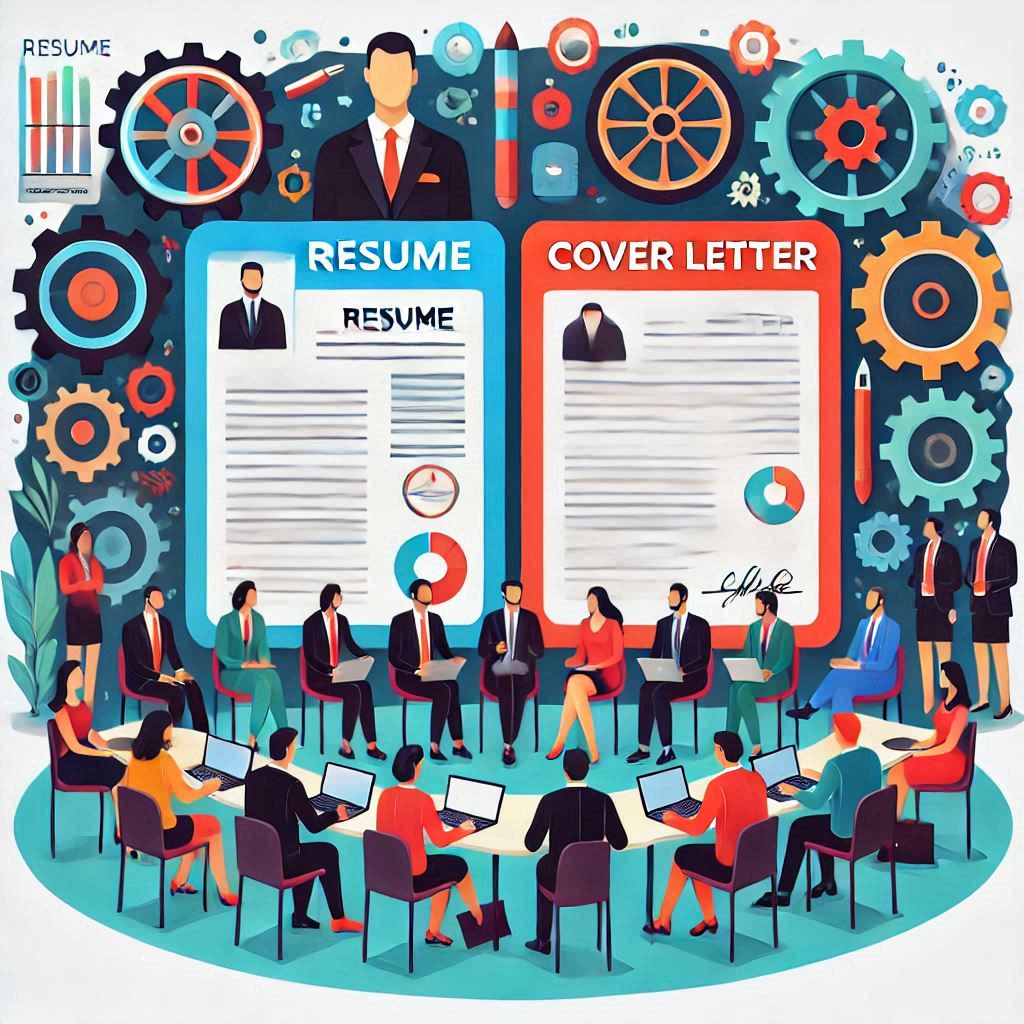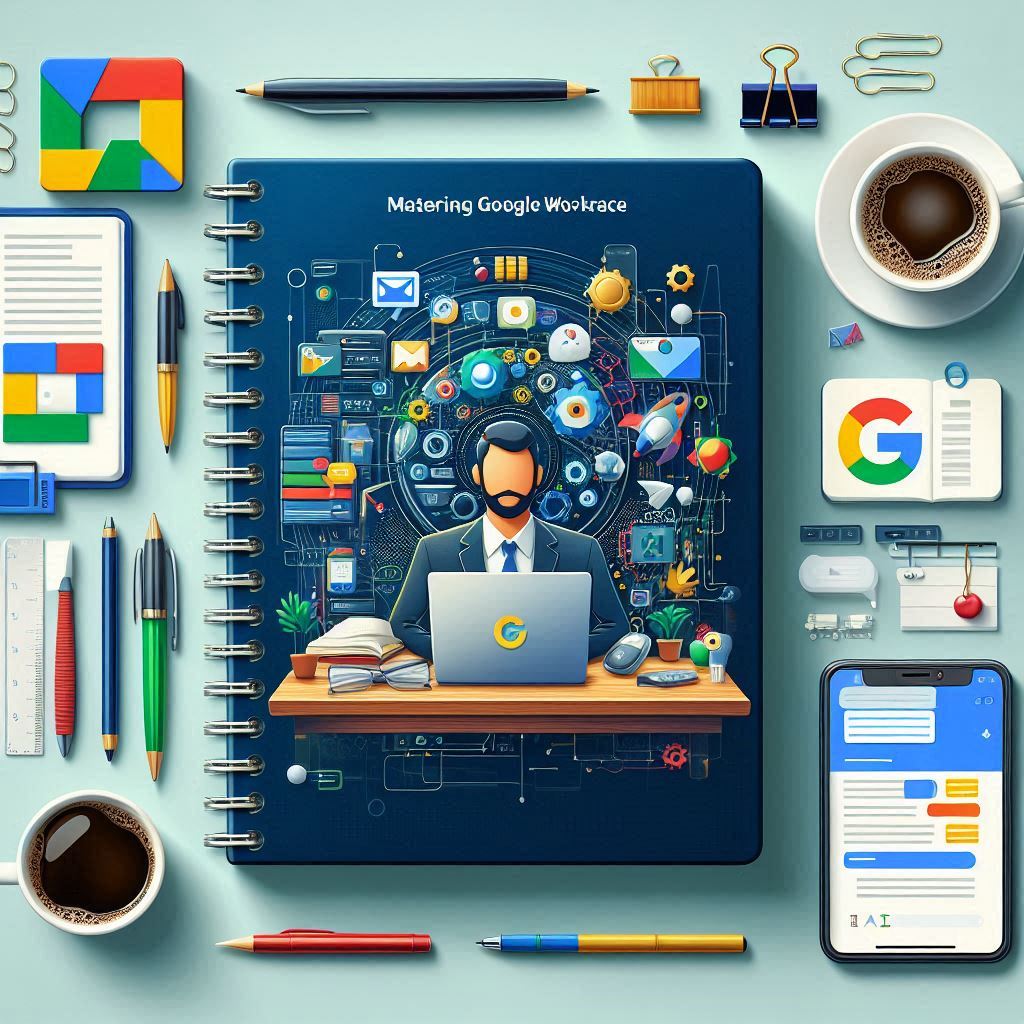The
Difference Between a Resume and a Cover Letter and Their Importance
When applying for jobs, your resume
and cover letter are two essential tools that serve distinct but complementary
purposes. Understanding the differences between these documents and how to use
them effectively can significantly enhance your chances of landing an
interview. This guide explores the key differences, the unique importance of
each, and how to leverage them together for a successful job application.
What
Is a Resume?
A resume is a structured document that provides a summary of your professional qualifications, skills, and achievements. Its primary purpose is to showcase your experiences and
capabilities in a clear and concise format.
Key Features of a Resume:
- Format:
Bullet points, structured sections, and a professional layout.
- Content:
Focuses on work experience, education, skills, certifications, and
accomplishments.
- Length:
Typically 1–2 pages.
- Tone:
Objective and fact-based, highlighting measurable achievements.
- Audience:
Often scanned by Applicant Tracking Systems (ATS) before reaching a
recruiter.
Example of Resume Content:
- Job Title:
Marketing Manager
- Developed digital marketing campaigns, increasing
website traffic by 35%.
- Managed a team of 8 marketers, achieving a 20%
increase in team productivity.
What
Is a Cover Letter?
A cover letter is a personalized document that introduces yourself to the employer and explains why you’re an ideal fit for the role. Unlike a resume, it allows you to express your
personality, enthusiasm, and motivation for applying.
Key Features of a Cover Letter:
- Format:
Paragraph style, typically structured with an introduction, body, and
closing.
- Content:
Explains your interest in the role, highlights key qualifications, and
provides context for your resume.
- Length:
One page (250–400 words).
- Tone:
Conversational yet professional, tailored to the specific job and company.
- Audience:
Written for the hiring manager or recruiter, often bypassing ATS.
Example of Cover Letter Content:
"In my current role as a Marketing Manager, I developed innovative digital
campaigns that increased website traffic by 35%. My passion for data-driven
marketing and team leadership makes me excited about the opportunity to bring
these skills to XYZ Corporation."
Key
Differences Between a Resume and a Cover Letter
|
Aspect |
Resume |
Cover Letter |
|
Purpose |
Summarizes qualifications and experience. |
Explains why you’re a great fit for the role. |
|
Format |
Bullet points and structured sections. |
Paragraph style with a narrative tone. |
|
Focus |
Focuses on accomplishments and skills. |
Emphasizes motivation, personality, and fit. |
|
Personalization |
Often standardized for multiple jobs. |
Tailored to each specific job application. |
|
Length |
1–2 pages. |
One page (250–400 words). |
|
Tone |
Objective and concise. |
Conversational and engaging. |
Why
Are Both Important?
The
Importance of a Resume
- Showcases Qualifications: Highlights your skills and experience in a concise format.
- Passes ATS Screening:
Optimized resumes ensure your application reaches recruiters.
- Sets the Foundation:
Provides a comprehensive overview of your career history.
The
Importance of a Cover Letter
- Adds Personality:
Offers insight into your motivation and enthusiasm for the role.
- Provides Context:
Explains career changes, gaps, or transitions.
- Demonstrates Research: Tailors your application to the company and position.
How
They Work Together
- Resume as the Factsheet: Presents the "what" of your qualifications,
such as your skills, experiences, and achievements.
- Cover Letter as the Story: Explains the "why" behind your career
journey, emphasizing your enthusiasm and cultural fit.
Example:
- Resume:
"Achieved a 25% increase in sales through data-driven marketing
strategies."
- Cover Letter:
"This achievement was the result of analyzing customer behavior and
redesigning our outreach strategy. I’m excited to bring this
results-oriented approach to your team."
When
to Use Both
- Always Include a Resume: Required for virtually all job applications.
- Include a Cover Letter When:
- The job description requests it.
- You need to explain career gaps, transitions, or
unique circumstances.
- You want to personalize your application and show
genuine interest.
Tips
for Creating an Effective Resume and Cover Letter
For the Resume:
- Focus on Metrics:
Use quantifiable achievements (e.g., “Increased efficiency by 20%”).
- Tailor for ATS:
Include keywords from the job description.
- Use Professional Formatting: Ensure readability with clean fonts and organized
sections.
For
the Cover Letter:
- Customize Each Letter: Reference the specific job and company.
- Address the Hiring Manager: Use their name whenever possible.
- Tell a Story:
Share a brief anecdote or example that highlights your skills.
- Conclude Strongly:
Reiterate your enthusiasm and include a call-to-action.
Example
of a Unified Resume and Cover Letter
Job
Posting: Marketing Manager at XYZ Corporation
Resume Excerpt:
Marketing Manager
ABC Solutions | Jan 2018 – Present
- Increased social media engagement by 40% through
targeted campaigns.
- Managed a $500,000 marketing budget, reducing costs by
15%.
- Led a team of 10 to execute a successful product
launch, generating $1M in revenue.
Cover Letter Excerpt:
"I am thrilled about the opportunity to join XYZ Corporation as a
Marketing Manager. In my current role at ABC Solutions, I successfully
increased social media engagement by 40% and led a product launch that
generated $1M in revenue. My ability to combine data-driven strategies with
creative campaigns aligns with XYZ Corporation’s mission to innovate in the
digital space."
Why
Choose CVKOM for Your Resume and Cover Letter?
At CVKOM, we specialize in
creating tailored resumes and cover letters that work together seamlessly. Our
platform offers:
- Customizable Templates: Professionally designed for a cohesive look.
- AI-Powered Suggestions: Tailor your documents to specific roles.
- ATS Optimization:
Increase your chances of passing applicant tracking systems.
- Professional Proofreading: Ensure both documents are error-free and polished.
Conclusion
Your resume and cover letter are
complementary tools that, when used effectively, can significantly boost your
job application’s success. While your resume provides a factual overview of
your qualifications, the cover letter allows you to add personality, context,
and enthusiasm. Together, they create a compelling narrative that helps you
stand out to potential employers.
Let CVKOM help you craft a
powerful resume and cover letter today—where precision meets professionalism!




